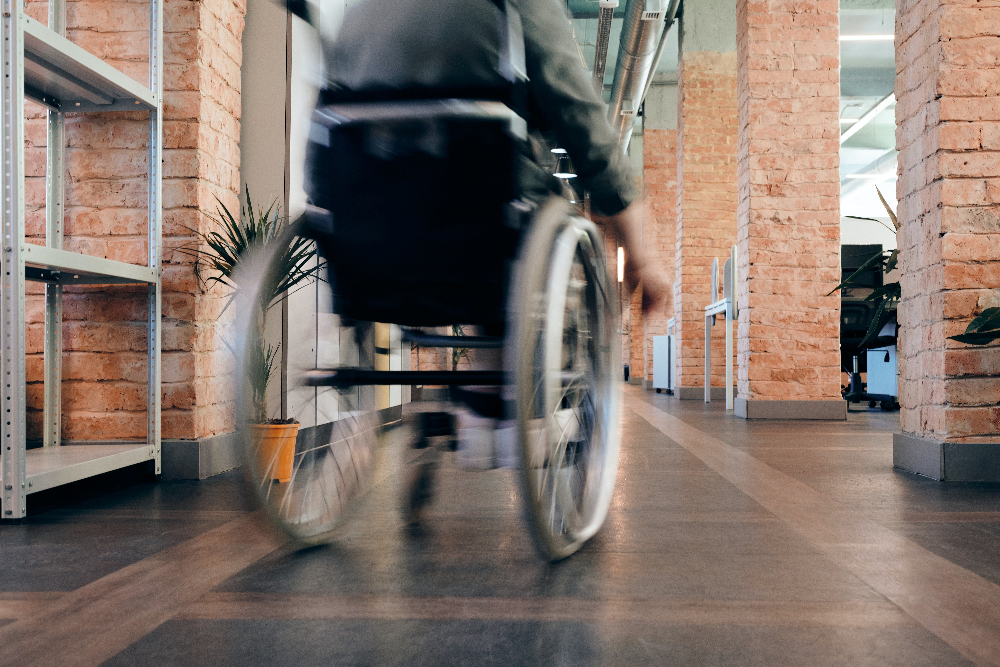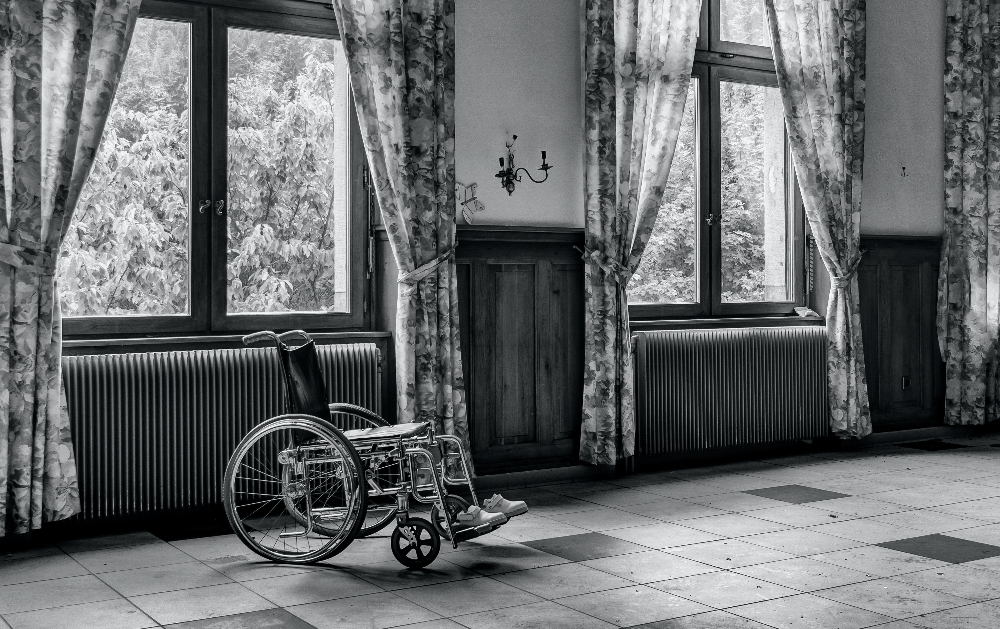Montana’s elderly population living on fixed incomes are becoming homeless amid inflation.
The recent boom in the housing market and the rising prices of groceries and other essentials are taking a toll on everyone. However, the elderly population and others on fixed incomes have been hit especially hard. Not only are many struggling to make ends meet, but the economy has cost them their homes altogether. This is especially true of Montana seniors.
There has been a recent surge of homelessness among people older than 60. Not only did the pandemic, the housing market, and the rise in groceries and gas impact these individuals but inflation is also eating into their fixed incomes from retirement pensions and social security income. Data showing an increase in homelessness among the elderly is still limited but advocates in the field are indicating they’re seeing more and more older adults showing up at shelters.
The state of Montana has been hit especially hard. Since 2019, Lewis and Clark County alone saw rental prices increase by close to 40%, according to CoStar Group research published in the Washington Post. The growing demand for rental properties and subsequent rent increases have been driven, in part, by paid remote workers who are able to take advantage of the state’s large housing market instead of having to be in the same area as their jobs, which can be overcrowded.

According to the U.S. Census Bureau data, Kalispell is the fastest-growing city among those in the U.S. with fewer than 50,000 people and the poverty rate among those 65 and older has increased from “8.9% in 2020 to 10.3% in 2021,: according to Ramsey Alwin, president and CEO of the National Council on Aging. Also, according to a recent survey of older adults released earlier this month, “approximately 44% struggled with housing during the previous year, and only 10% considered housing affordable.”
Alwin said, “People who rely on traditional retirement income, such as social security, are having trouble affording the basic necessities. You’ll find that individuals are often coming up short by about $1,000 a month in order to meet their true needs.” Plans to add an 8.7% cost-of-living increase to social security benefits will help offset the effects of inflation somewhat. But Alwin believes that won’t be enough.
At the Poverello Center in Missoula, Montana seniors “in their 60s have become the second-largest age group served,” according to Programs Director Lisa Sirois. She has “seen people in their 80s and 90s with no place to go” and the often shelter “has had to turn away some of them because it’s not designed for their needs.”
Brian Guyer, housing department director for the Human Resource Development Council in Bozeman shared that when his shelter can’t serve a senior (because it doesn’t have the resources to accommodate disabilities or special health concerns), it has to turn them away. He said an older man froze to death after being denied a spot a Bozeman shelter because “he was incontinent and had mobility problems. He actually was found outside of a Lowe’s store here in Bozeman,” Guyer explained.
With the economy only predicted to get worse in the coming months, it’s hard to say how many more Montana seniors will lose their homes and turn to shelters, and whether there will be enough space to accommodate the flood of newly homeless people.
The Montana Coalition to Solve Homelessness is a new organization that plans to lobby on behalf of shelter providers during the state legislative session that starts in January 2023.
It intends to demand a modification in the state’s Medicaid program, so that shelters are eligible for funding and can use this funding to be more accommodating to individual needs as well as expand.
Sources:
More older Americans become homeless as inflation rises and housing costs spike
Older adults on fixed incomes are getting squeezed as inflation nears a 40-year high


Join the conversation!